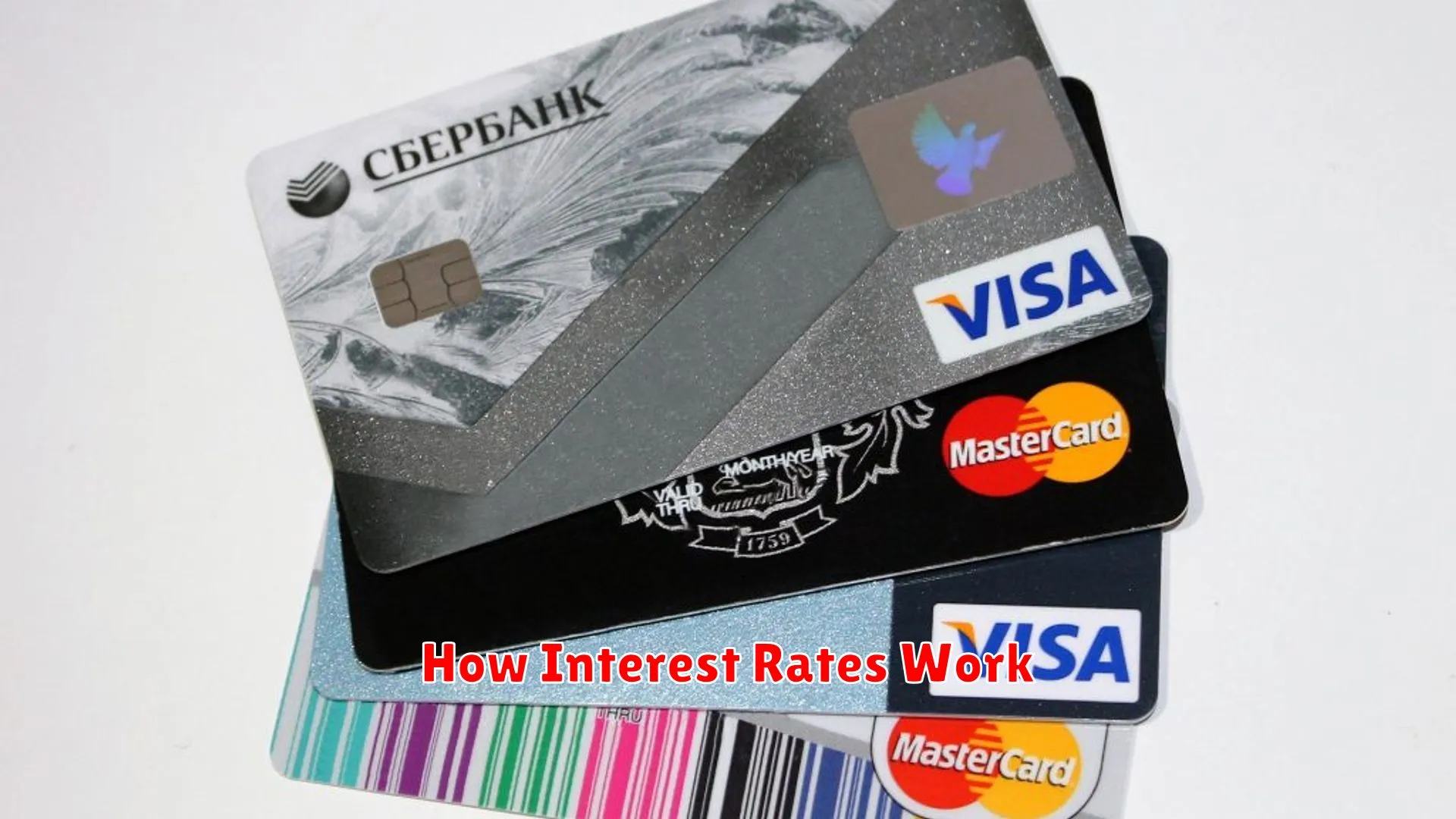Discover exclusive insider tips to help you slash your interest rates as a savvy credit card user. Learn how to save money and manage your finances effectively with these expert strategies.
How Interest Rates Work

Understanding how interest rates work is crucial for credit card users looking to lower their costs. Interest rates on credit cards represent the price you pay to borrow money from the credit card issuer. Here are some key points to grasp:
1. Fixed vs. Variable Rates
Credit cards may have fixed rates, which remain the same over time, or variable rates that can fluctuate with market conditions. Make sure you know which type your card has.
2. APR (Annual Percentage Rate)
The APR is the annualized cost of borrowing money, including interest and any fees. A lower APR means less cost over time, so it’s wise to compare rates among different credit cards.
3. Introductory Rates
Some credit cards offer introductory rates as a promotional deal, often with lower rates for a limited period. Be aware of when these rates expire, as they can significantly affect your overall costs.
4. Credit Score Impact
Your credit score plays a significant role in the interest rates you’re offered. Maintaining a good credit score can help you qualify for lower rates, saving you money in the long run.
5. Payment Allocation
Knowing how your payments are allocated can impact how much interest you pay. Some card issuers apply payments to lower interest balances first, while others may spread payments evenly.
6. Negotiation and Refinancing
Don’t be afraid to negotiate with your credit card issuer for better rates, especially if you have a good payment history. Alternatively, consider refinancing your credit card debt to a lower interest rate option if possible.
Negotiating Lower Rates with Your Bank

When it comes to managing your credit card interest rates, one powerful tool at your disposal is negotiation with your bank. By actively engaging in discussions with your bank, you may be able to lower the interest rates on your credit cards. Here are some insider tips to help you negotiate for better rates:
1. Know Your Current Rates
Before you begin negotiating, take the time to understand the current interest rates on your credit cards. Having this information at hand will help you make a stronger case for lower rates.
2. Research Competitor Offers
Be aware of what competitors are offering in terms of interest rates. This information can be a valuable bargaining chip during your negotiation with your bank. If you find better offers elsewhere, mention them to your bank.
3. Highlight Your Payment History
Emphasize your good payment history to your bank. If you have a record of making timely payments and managing your credit responsibly, use this as leverage to request a lower interest rate.
4. Call Customer Service
Contact your bank’s customer service and politely inquire about the possibility of reducing your interest rates. Be clear and confident in expressing your desire for a lower rate. Remember, it never hurts to ask.
5. Be Prepared to Negotiate
During the negotiation process, be patient and persistent. Your bank may counteroffer or provide alternative solutions. Be open to discussions and willing to find a mutually beneficial agreement.
Balance Transfer Cards Explained

Balance transfer cards are credit cards that allow you to transfer your existing credit card balance(s) from one or multiple cards to a new card, typically with a lower interest rate or promotional 0% APR (Annual Percentage Rate) for a certain period. Here’s a breakdown of how they work:
How They Help Reduce Interest Rates:
By transferring your balance to a card with a lower interest rate, you can save money on interest payments, helping you pay off your debt faster and more affordably. This can be particularly beneficial if you are currently carrying a balance on a card with a high APR.
Key Points to Consider:
- Introductory Period: Balance transfer cards often come with an introductory period where no or low interest is charged on the transferred balance. Be sure to know the duration of this period.
- Balance Transfer Fees: Some cards charge a fee for balance transfers, usually calculated as a percentage of the transferred amount. Consider this fee before making a transfer.
- New Purchases: Be aware that new purchases on the balance transfer card may accrue interest at a different rate. Read the terms and conditions carefully.
Using Balance Transfers Wisely:
Balance transfer cards can be a useful tool for managing credit card debt, but it’s essential to use them wisely. Make a plan to pay off the transferred balance within the promotional period to maximize savings and avoid high interest charges.
Strategies to Avoid Paying Interest

When it comes to managing your credit card debt and minimizing interest payments, there are several effective strategies you can implement. By being proactive and strategic, you can slash your interest rates and save money in the long run. Here are some insider tips that every credit card user should consider:
- Pay Your Balance in Full: One of the most effective ways to avoid paying interest on your credit card purchases is to pay off your balance in full and on time every month. By doing so, you can avoid accruing any interest charges on your outstanding balance.
- Take Advantage of Introductory 0% APR Offers: Many credit card companies offer promotional introductory rates of 0% APR for a certain period. Utilize these offers to make big purchases or transfer existing balances to temporarily avoid interest charges.
- Set Up Automatic Payments: To ensure you never miss a payment and incur unnecessary interest, set up automatic payments for at least the minimum amount due each month. This will help you maintain a good payment history and avoid late fees.
- Negotiate Lower Interest Rates: Don’t hesitate to contact your credit card issuer and negotiate for a lower interest rate, especially if you have a good payment history. Sometimes a simple phone call can lead to a reduced APR, saving you money in the long term.
- Avoid Cash Advances: Cash advances typically come with high interest rates and fees. Whenever possible, avoid using your credit card for cash advances to prevent incurring unnecessary interest charges.
Building a Better Credit Score

Building a solid credit score is essential for financial stability and unlocking better opportunities. When it comes to credit card usage, improving your credit score can positively impact your financial health and future borrowing capabilities.
1. Pay Your Bills on Time
One of the most crucial factors in building a better credit score is ensuring timely payment of your credit card bills. Late payments can significantly impact your credit score negatively.
2. Manage Your Credit Utilization
Keep your credit card balances low relative to your credit limits. Maintaining a low credit utilization ratio can improve your credit score and show responsible credit usage.
3. Monitor Your Credit Report Regularly
Reviewing your credit report periodically can help you identify any errors that may be affecting your credit score. Reporting and rectifying inaccuracies can contribute to a better credit profile.
4. Avoid Opening Multiple Credit Accounts Quickly
Applying for multiple credit cards within a short period can raise red flags to lenders and potentially harm your credit score. Be strategic in managing new credit applications.
5. Utilize Credit Card Rewards Wisely
Make the most of credit card rewards programs, but ensure that your spending aligns with your budget and financial goals. Responsibly using rewards can enhance your credit management skills.
Conclusion
To effectively lower credit card interest rates, follow these insider tips for a healthier financial future.




